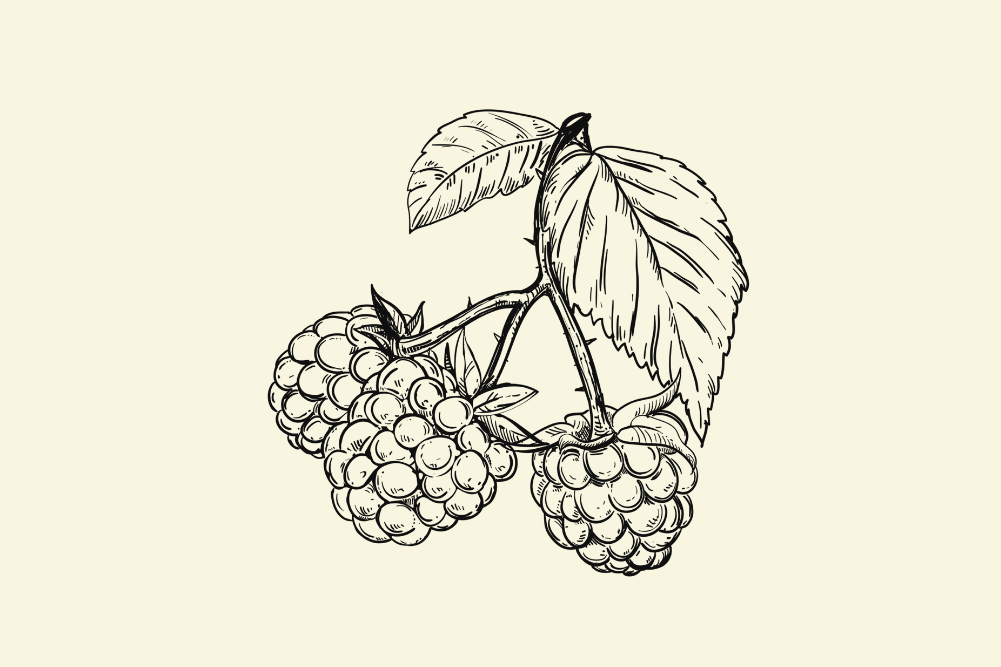Parsley: more than a garnish
Garnish on the side of the plate or superfood? If you have never rated parsley very highly in your dietary must-haves, think again. There is much more than meets the eye to this common garden herb. Native to Europe and the eastern Mediterranean, parsley is cultivated throughout the world as a nutritious salad herb. With a long and meaningful role in various cultures over the centuries, parsley quickly reveals a far greater depth than just that of a simple salad herb.
Seed, leaf and root
Parsley (Petroselinum crispum) was known and used in ancient Greece and Rome. Interestingly, it was not used during these times as a culinary herb but as a medical herb. The ancient Greeks and Romans used it as a diuretic and digestive herb and as a stimulant of menstrual flow. In Rome, parsley was also associated with the goddess Persephone, queen of the underworld, and was used in funeral ceremonies. It was not until it was introduced to Britain in the 1500s that parsley became known not only as a medicinal herb but also as a culinary herb, which remains its primary use today.
When evaluating parsley as a medicinal herb, it’s important to recognise there are three main parts to consider: the leaf, root and seeds. The fresh leaves are highly nutritious, being rich in a variety of vitamins, minerals and antioxidants, including vitamin C (more than oranges by weight!), vitamin A, chlorophyll, calcium, sodium, magnesium and iron. Parsley also contains volatile oils (including about 20 per cent myristicin and 18 per cent apiole and many other terpenes), flavonoids, pthalides and coumarins (including bergapten). The flavonoids are anti-inflammatory and antioxidant. Myristicin and apiole have diuretic properties, while the volatile oil relieves griping pain and flatulence and is a strong uterine stimulant.
The seeds have a much stronger diuretic action than the leaves and may be useful in gout, rheumatism and arthritis where the flushing-out of waste products from inflamed joints is encouraged. Parsley root is taken as a treatment in flatulence, cystitis and rheumatic conditions. Parsley is generally valued as a promoter of menstruation, being helpful in stimulating a delayed period and in relieving menstrual pain.
Other traditionally held medicinal properties of parsley include its ability to improve digestion and detoxify meat or fish poisoning. It is also believed to “ripen” measles and hasten recovery, strengthen the adrenal glands, inhibit allergies, lower fevers and freshen the breath.
Modern discoveries
A more modern understanding of this herb has also been achieved as a result of scientific studies. Among other findings, it has been found to be protective of the liver in diabetes and to prevent gastric ulcer formation. The mechanism of action for parsley’s traditionally held laxative and diuretic effects has also been found.
There is considerable excitement in the scientific world at the moment around one of parsley’s active constituents called apigenin, which is a plant flavone. The excitement is based on apigenin’s remarkable anti-inflammatory, antioxidant and anti-carcinogenic properties. The anti-cancer properties, in particular, have been extensively researched. Apigenin has been found to possess a variety of properties that contribute to its anti-cancer effects, including anti-proliferative activity, induction of natural cell death, prevention of oxidation, induction of detoxification enzymes, regulation of the immune system and changes in cell signalling.
Specific cancers found so far to benefit from apigenin include breast, cervical, colon, lung, ovarian, prostate, skin, thyroid, endometrial, gastric, adrenocortical cancers and leukaemia. Tests have also found that pure apigenin is not terribly stable or easy to absorb. The best way to absorb apigenin is in its natural state in food. Even in food, it’s not the easiest to absorb but it appears to last in the body for some time and is thought to have a cumulative effect when consumed regularly; hence the correlation with diet and cancer rates across cultures.
Taking parsley
If all this information makes you keen to increase your parsley intake, consider growing it in your garden. Parsley is an annual herb and can have crinkled or flat leaves, depending on the variety. Once parsley goes to seed, it produces a tall stem bearing lots of tiny white flowers. These tiny white flowers are fantastic for attracting beneficial insects into your garden.
Parsley is surprisingly easy to grow and, if left in the ground once it has gone to seed, you will find it readily self-seeds and you will soon have a steady supply of this wonderfully healthful herb. The root is collected in the autumn from two-year-old plants while the leaves can be used any time and the seeds can only be harvested towards the end of flowering.
As a herb, parsley is very safe at normal culinary levels. If you are interested in introducing parsley into your diet in a stronger form, you may consider using the leaves to make a tea. Simply pour boiling water over three teaspoons of chopped leaves and steep for 5–10 minutes. Equally, you can make a tea from the root by boiling 2–3 teaspoonfuls for 5–10 minutes before drinking. If you use these methods, 2–3 cups a day is recommended. It’s very rare to see parsley used in a stronger extract form but it’s worth contacting your herbalist or naturopath if you are interested in pursuing a stronger form of this herb.
While parsley is a safe herb at normal consumption levels, excessive consumption of the seed is toxic. Do not take the seeds if you are pregnant or suffering from kidney disease.
Kate Mirow is a naturopath practising from Your Health in Manly, NSW. While having seen a diverse array of patients, Kate specialises in fertility, women’s health and weight loss. You can contact her clinic on 02 9977 7888 or email kmirow@yourhealth.com.au.







